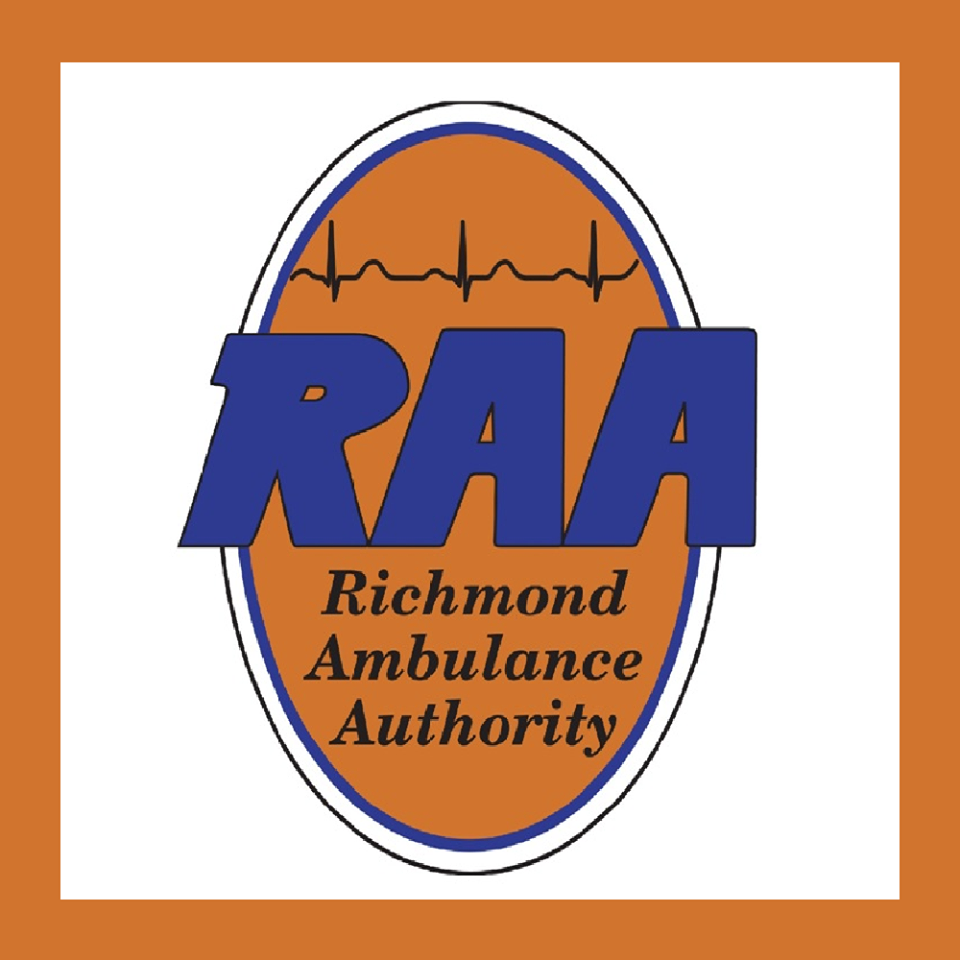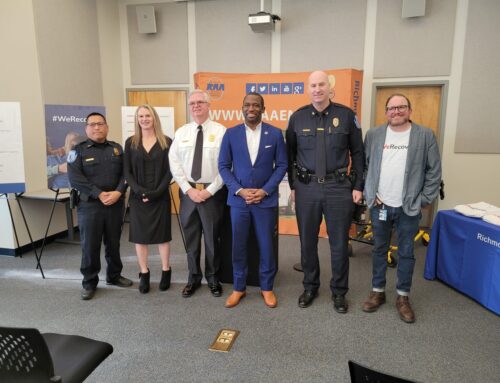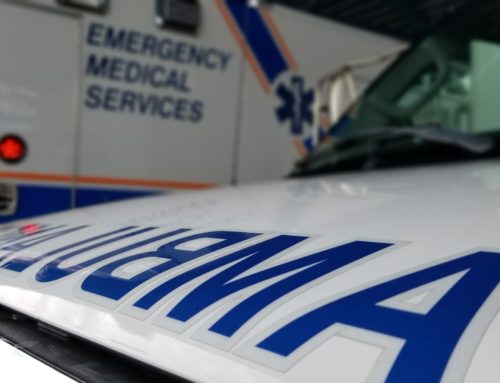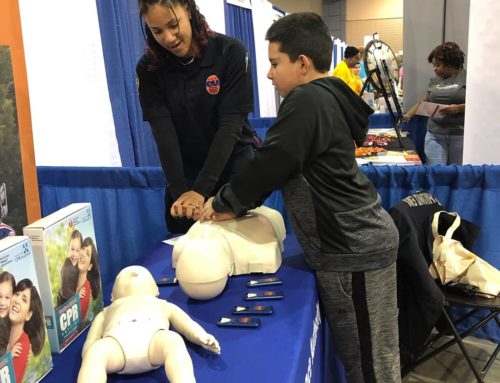The Richmond Ambulance Authority (RAA) is issuing a reminder to Richmond area residents to input In Case of Emergency (ICE) contact entries into all family members’ cell phones – theirs, their children’s, even their elderly parents’ – to help paramedics and other emergency responders in the event of an accident or incident involving the phone’s owner.
“The ICE concept was the idea of a U.K. paramedic named Bob Brotchie,” said Rob Lawrence, chief operating officer of the Richmond Ambulance Authority. “We worked together at the East Anglian Ambulance Service and Bob launched the ICE initiative locally in April 2005 after years of frustration in trying to quickly reach relatives of people he was treating. ICE rapidly gained momentum world-wide a few months later after the July terrorist bombings in London, and we want to remind everyone here in Richmond of what a simple and important safety measure this is.”
Statistics show that more than 80% of the U.S. population owned cell phones as of 2007 and there has been a significant increase in cell phone usage among teenagers as well. According to a Pew Internet Study, as of September 2009, 75 % of children in the 12-17 age group owned cell phones. That is up from 45% when the study first began in 2004.
“Not only is cell phone usage up, but people are constantly upgrading to newer model phones because of family plans and other promotions,” said Chip Decker, chief executive officer of the Richmond Ambulance Authority. “When they do, they need to remember to input the most updated ICE information into these new phones and do so in a way that is clear to emergency providers.”
It is good to list two to four ICE contacts per cell phone. The following are examples of information to input:
For adult’s phone:
ICE: Name (husband)
Contact numbers: cell, work, home
ICE: Name (friend)
Contact numbers:
For child’s phone:
ICE: Dad (First and last name)
Contact numbers:
For elderly parent’s phone:
ICE: Daughter (First and last name)
Contact numbers:
ICE: Name (Caregiver)
Contact numbers:
“I am delighted that the Richmond Ambulance Authority is promoting the ICE initiative in Virginia,” said Bob Brotchie of the East Anglian Ambulance Service. “This is an important reminder to the good people of Richmond, whether they have a basic cell phone or a smart phone. The iPhone 3G, for example, now offers a smart-ICE app that features a globally recognized EMS Alert emblem. This particular ICE app stores personal medical information in addition to emergency contact information, and we will continue to see more advanced options for capturing and communicating ICE information as mobile technology evolves.”
An ICE contact or smart-phone app can provide life-saving medical information about the patient such as medical history, previous medical conditions, allergies and prescription medications the patient may be on at the time of injury. It also helps family members and / or friends to be notified of the patient’s involvement in an emergency as quickly as possible.
Decker continued, “We are proactive in our approach to medical safety and want everyone else in Richmond to think this way as well.”
Example of RAA’s use of patient’s cell phone to contact loved ones in a time of need.
Supervisor was requested by RAA crew on scene for assistance. I was dispatched to the scene.
I arrived to find the crew on scene with a female patient in the back of the ambulance in respiratory distress. The patient was being cared for by the crew and they were ready for transport. The crew advised that the patient could not provide any names or phone numbers of anyone to watch her young children due to her condition. I advised the crew to transport and that I would handle. I went inside the home to find RFD who was taking care of three children, approximate ages 5, 4 and 1 year old. They had prepared the two older kids breakfast and made up a bottle for the baby. I freed up the fire crew and took over caring for the children. They had not been able to locate family so as standard procedure I contacted our communications center to request RPD for assistance in locating family. Meanwhile I looked around and found a cell phone on the coffee table. I found a number in the phone titled “Auntie”. I called the number and verified that I was talking to the aunt of the children. I explained the situation and she was able to contact the father of the children, we’ll call him “T”. I picked up the baby and while burping the child, I walked outside and talked to a couple of neighbors who had gathered and verified the father was in fact “T”. One of the neighbors had contacted someone who knew him as well to inform of the situation. Soon RPD and the father arrived. The father, now with his children, took over care and we cleared off the call.
The most appropriate result was achieved with utilization of all resources on scene and accessing the patient’s cell phone to contact family.
Click for WCVE Radio spot.



